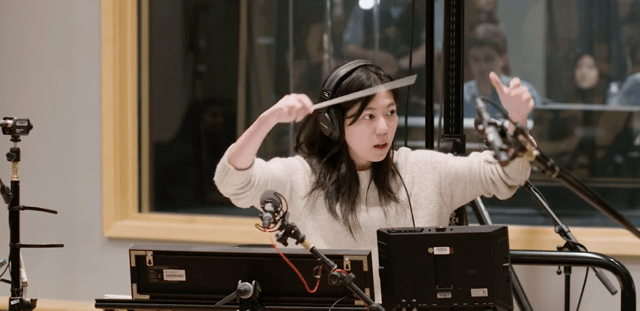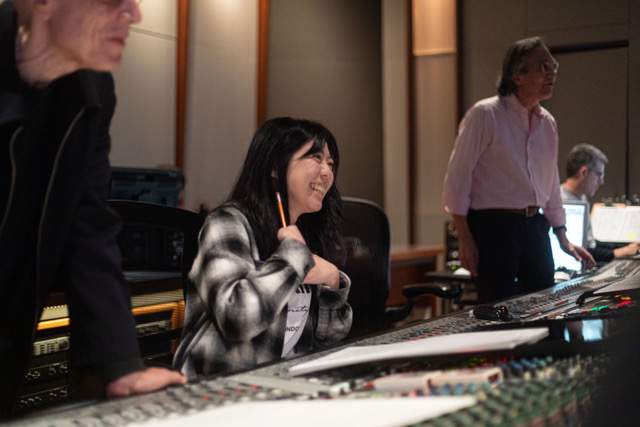Exactly why are independent films so admired and respected? They are certainly beloved by a large portion of the public who appreciate the non-formulaic approach to storytelling of Indie filmmakers but there is an esteem that is established in the industry for these types of productions that is only deeply understood by their peers. While big budgets and paydays are the lifeblood of major studio films, it’s understood that the most adventurous and imaginative productions come from the efforts of professionals in the field who offset deep pockets with massive talent and imagination. The Taiwanese film Chaotic Justice exemplifies such an approach. This action/drama film with dialogue in Japanese, English, and Chinese has a reported budget of less than 100,000 yet appears as if it was funded by multi-millions, earning critical acclaim for audiences and critics alike. Blending elements of undercover investigation, magic, and even a dose of governmental suspicion, this film’s cast and crew displays that having an atypical approach can yield a highly gratifying product. A focal point of Chaotic Justice is the score, created by Taiwanese musician and composer Yi-Hsuan Liu. Her score received numerous recognitions including winning Best Original Score at the Fox International Film Festival and a nomination for best original score at Arrow International film festival. Possessing both majestic and tense qualities, this score is interwoven so deeply that, like the great classic films of all time, it is easily recognizable and inseparable from the identity of this story.

Chaotic Justice explores themes of justice, moral ambiguity, and inner conflict. Director Hsin-che Cheng desired an epic orchestral score to partner with the grand cinematic visual language of the film. This created a dilemma for Yi-Hsuan Liu who had all of the skill to manifest such a score but not the budget. Her solution, after a scene-by-scene discussion, was to create a hybrid score which blended synthesizers and electronic textures to build the core sound of the film and then augment it with live strings. Layered string arrangements would honor the director’s love for orchestral depth while the electronic elements provided the greatest affordable emotional impact. Yi-Hsuan Liu describes, “I took a flexible production approach—starting with detailed mock-ups and then enhancing selected sections with live recordings. One key part of the process was recording a group of string players in Taipei to bring warmth and human expressiveness to the score. Blending these live performances with electronic and processed elements helped give the music both scale and intimacy. Throughout the process, I aimed to build a cohesive sonic identity for the film—something that could unify its shifting tones and genres. The result is a score that feels raw, cinematic, and emotionally charged, helping to drive the story forward while also deepening the audience’s connection to the characters and their struggles.”

Proof that talent is paramount comes in the very first moments of Chaotic Justice. The opening sequence lays the foundation for the entire story, introducing the audience to a world in which a criminal organization of illusionists manipulates children for their own ends, while an undercover agent who want to expose them pays the ultimate price. The narrative of this film is much more complex than this and asks us how much latitude is offered when revenge is a component. The score hints at the overall tone of the film at this point but is careful to maintain mystery. Adopting the restrained pace of these first moments in the action, the music serves a functional role of gluing the edits together, sustaining tension, and quietly drawing the audience deeper into the film without overwhelming them. Atmospheric layers of synths are a subtle and cautious introduction to the sonic identity of this film. This creates a space for the story to unfold, for the characters to enter, and for the tension to slowly take hold. This approach is the very opposite of the final climactic scene of the Chaotic Justice which is a massive six-minute-long sequence of intense action and emotional catharsis. The individual musical themes of the main characters intertwine as combat takes place. The score elevates the urgency and tension of the physical interplay while also adapting to the emotional shifts brought on by character-driven dialogue throughout the scene. Each line of dialogue carries substantial emotional weight and narrative significance, requiring the music to reflect and amplify these layers. The composer notes, “What made this particularly difficult was the need to transition between themes organically, while also ensuring that the score remained emotionally focused and rhythmically coherent. In some moments, two themes had to coexist within a single cue, creating tension and contrast purely through musical language. It was an incredibly detailed and demanding process. I spent nearly four full days working exclusively on this one scene, crafting and refining the music measure by measure.” The results are irrefutable. This final combat scene is a fusion of visual artistry catapulted to an emotional apex by an exhilarating score. Chaotic Justice has risen to the level of cult classic, loved by millions around the globe, and awarded Best Action Film at the Golden Lemur International Film Festival, Arrow International Film Festival, and many others.
Writer : Emily Mayer